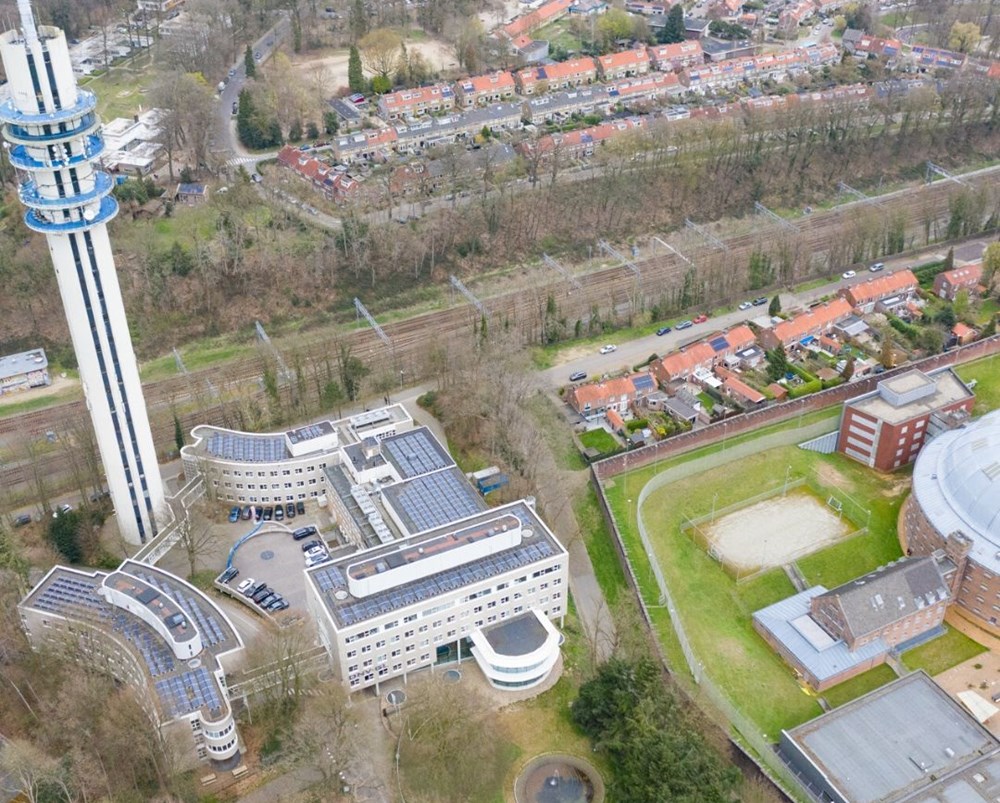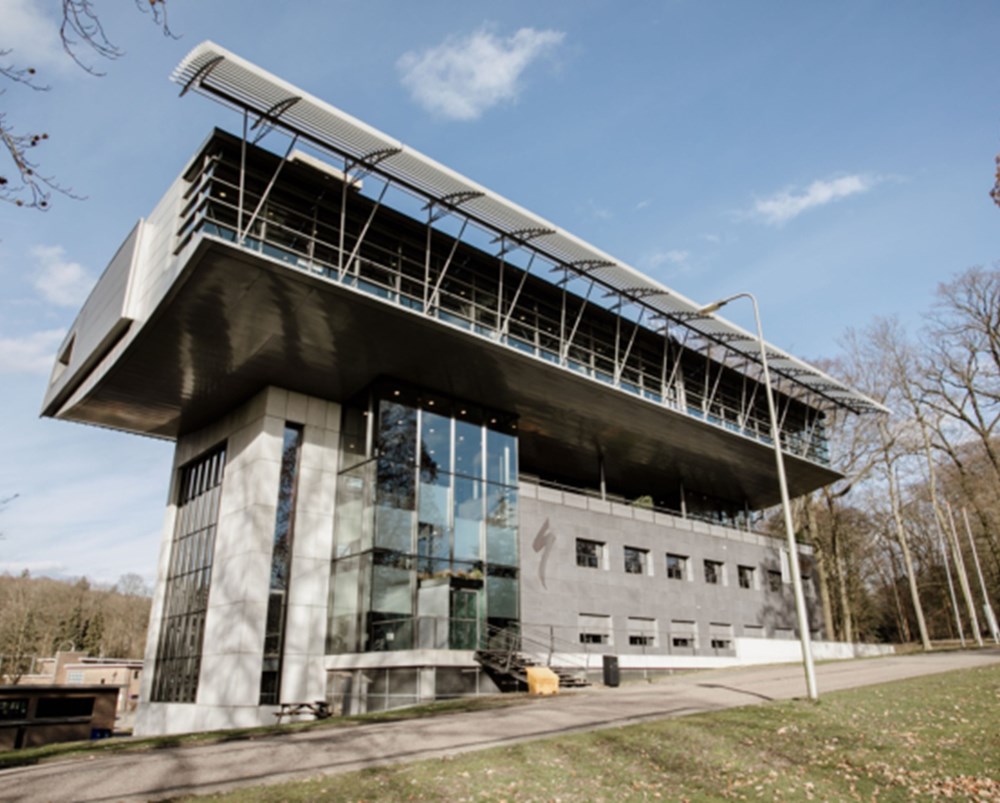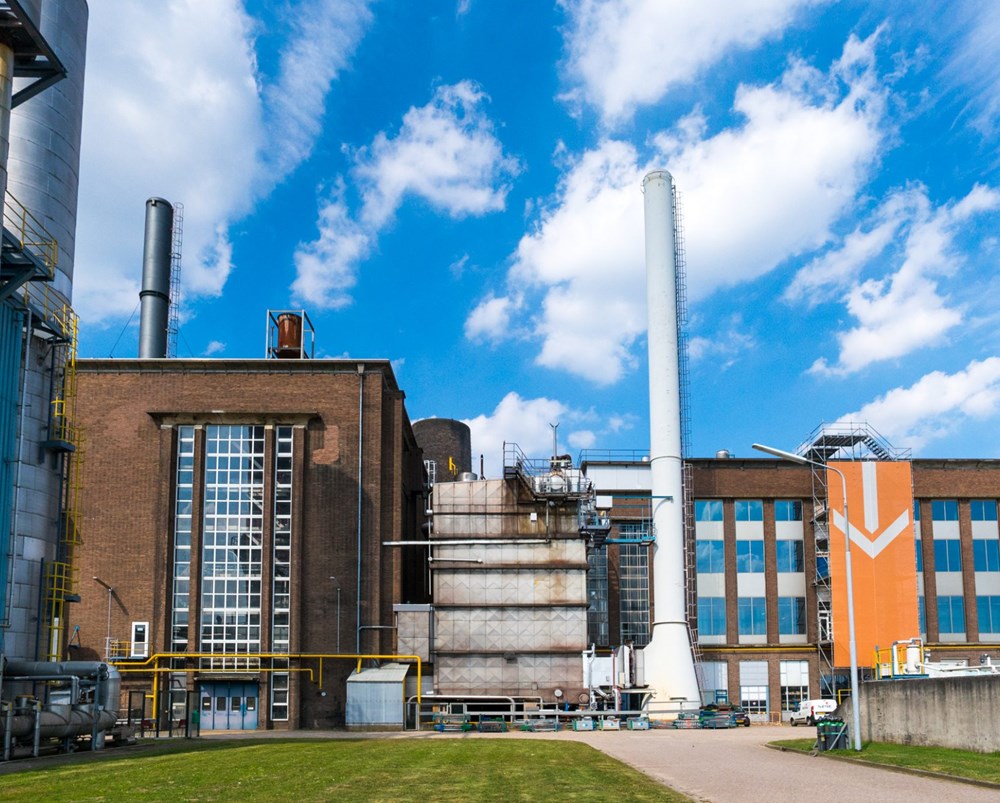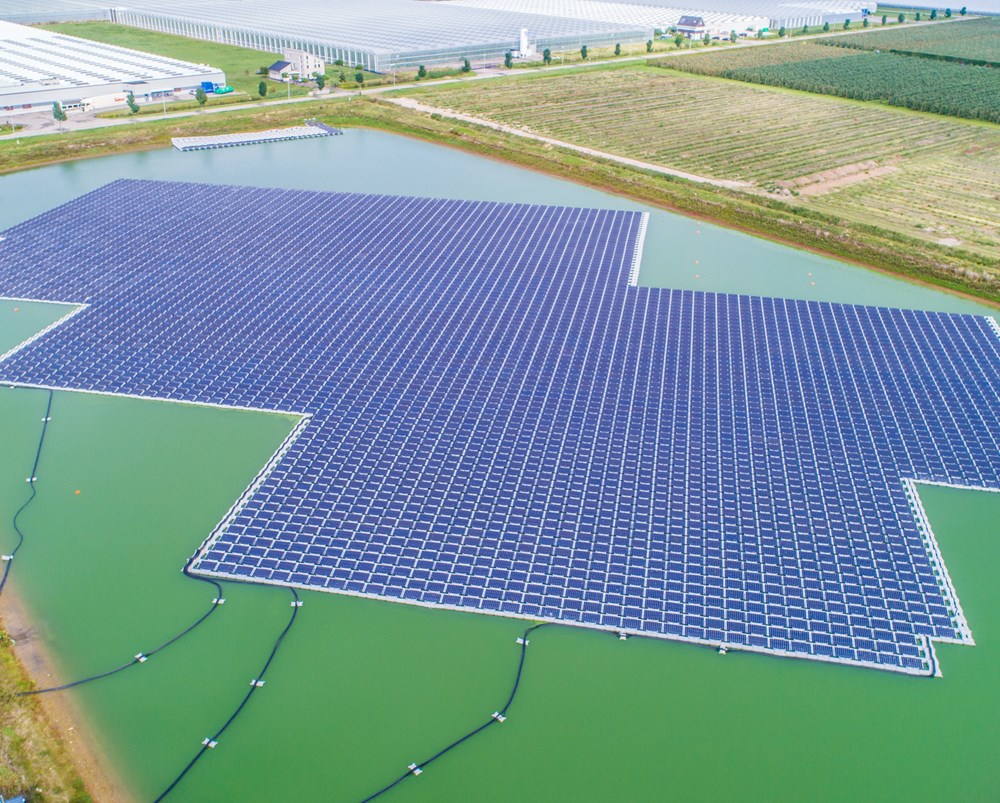
Arnhem: Electricity Capital
Arnhem can look back on a proud history when it comes to the public supply of electricity; safety, reliability and affordability have always been and continue to be key objectives. Over recent years, the supply of renewable energy has become a hot topic in the Dutch 'electricity capital'.

Sustainable energy
Energy systems need to be able to respond intelligently to fluctuations in the availability of electricity from renewable sources, such as the sun, wind and water. Everything revolves around 'smart energy'. Multinationals such as energy experts DEKRA and DNV and grid operators TenneT (Dutch and German high-voltage grids) and Alliander work on the development of so-called 'smart grids' (intelligent energy systems) in collaboration with young professionals and start-ups on a daily basis. These companies have chosen Arnhem as a base for their activities, because of the knowledge, expertise and facilities the city has to offer.

Unique testing facilities
DNV has ultramodern high-voltage testing laboratories at its disposal. In recent years, it has also invested 70 million euros in the expansion of its short-circuit laboratory. From 2016, DNV will therefore be the only testing and consultancy firm in the world capable of testing voltages of 800,000 volts and above.
Maurice is the head of the Dutch energy advisory component of DNV. Through testing, consultation and certification, DNV are helping along the energy transition, together with partners such as Alliander and TenneT.
This takes their activities all over the world: from Singapore to Africa to Europe. It’s no wonder then, that DNV has such an international team, with approximately 2300 employees worldwide. New talent is also developed through collaboration with technical universities, such as the HAN University of Applied Sciences. DNV even has three part-time professors at technical universities to further collaboration with academia. Maurice invites you to come to the electricity capital of the Netherlands: Arnhem!
WATT CONNECTS
Arnhem encourages cooperation between businesses and knowledge institutions. DNV, TenneT, Liander and the HAN University of Applied Sciences (HAN), for example, are working together within Watt Connects, an expertise platform for energy-sector professionals. Watt Connects has access to a unique smart-grid demonstration table that simulates real-life situations in residential areas. By activating and deactivating energy flows, it is possible to make fluctuations in the energy flow between households and the central grid visible.
Start-ups and innovation
Various Arnhem-based start-ups are researching and developing new ways to generate and store electrical energy. These include Elestor (who have developed a hydrogen-bromine flow battery) and S4 Energy (who are specialising in the storage of renewable energy as kinetic energy). Mpare (a platform that offers an insight into the energy consumption of buildings), joined up with Watch-E to offer housing associations user-friendly equipment that can help tenants to reduce their energy costs. In 2015, Arnhem-based company IF Technology – the leading Dutch specialist in geothermal energy – also developed the award-winning ‘smart polder’ concept. This is a system that allows a pumping station that is used to manage water levels, to acquire an additional function: it can also be used to store electricity and to generate renewable energy by making clever use of the differences in temperature of surface water.






